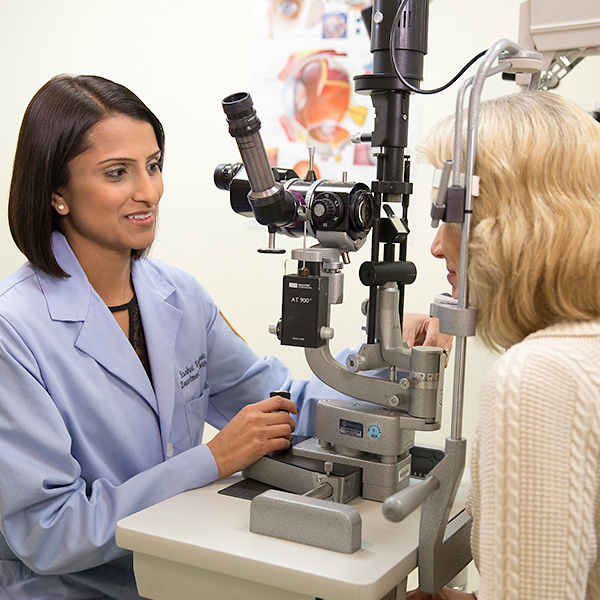Orbital Trauma and Fractures
Overview and Facts about Orbital Trauma and Fractures
The orbit, or eye socket, is the bone surrounding the eyeball. The socket is made of seven different bones. It contains the eye and the muscles which move it, as well as tear ducts, blood vessels, certain cranial nerves, and ligaments.
The orbit is divided into four parts: the inferior wall, the lateral wall, the medial wall, and the superior wall. Trauma can cause a fracture in one or all of these sections of the eye socket, leading to various ophthalmology conditions.
Signs and Symptoms of Orbital Trauma and Fractures
Signs and symptoms will depend on the type of orbital fracture and its severity. Symptoms include:
- Decreased, blurry, or double vision
- Inability to look up or down, right, or left
- Bruised eyes
- Swelling of cheeks or forehead
- Cheek pain
- Flattened cheeks
- Sunken or bulging eyeballs
- Blood in the white of the eye
- Swelling under the eye
Causes and Risk Factors of Orbital Trauma and Fractures
This type of injury is typically caused by blunt force trauma to the eye. The three main types of orbital fracture are:
- Orbital rim fracture: These occur at the outer edges of the eye socket. The primary causes of this type of fracture are car accidents.
- Blowout fracture: In this type of fracture, the orbital rim remains intact, but a fine crack forms in the thin bone that comprises the floor of the eye socket. The main cause of this type of fracture is being hit in the eye by something larger than the eye socket, such as a baseball.
- Direct orbital fractures: This is a fracture which begins in the orbital rim and extends to the floor of the eye socket.
Tests and Diagnosis of Orbital Trauma and Fractures
Your physician will examine the injured eye and check your vision. The doctor will also check the pressure in your eye and may also order X-rays to look for orbital fractures, or a CT scan may be performed to provide more detailed imaging of the injury.
You will be referred to an ophthalmologist, (eye specialist) if there is any damage to eye motion or vision. Severe fractures to the roof of the eye socket may require a consultation with a neurosurgeon or neurologist.
Treatment and Care for Orbital Trauma and Fractures
You may not require surgery for your orbital trauma. Your physician will assess if your injury can heal on its own. If the doctor determines the injury can heal without treatment, you may be advised to avoid blowing your nose for two to three weeks.
This will reduce the risk of infection spreading from your sinuses to your eye socket. To help prevent the need to blow your nose, your doctor may prescribe a nasal spray.
Surgery may be necessary for the following situations:
- You are experiencing double vision several days after your injury.
- The trauma caused your eyeball to be pushed back into the socket.
- Half or more of the inferior wall of the socket was damaged.
If you do need surgery, your surgeon may wait for a week or two after the injury to allow time for any swelling to disperse.

Request an Appointment
Whether you are seeking routine eye care or have a specific vision issue, our team treats a wide range of eye diseases and conditions, including cataracts, glaucoma, macular degeneration and strabismus. Schedule an appointment today.
Schedule a Telehealth Appointment
